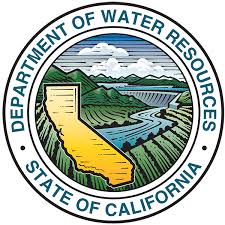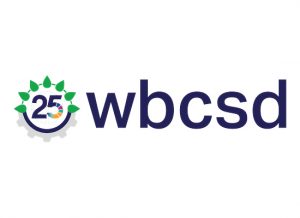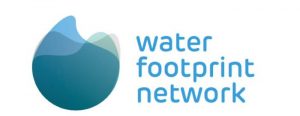Primary Functions
- Understand how to reduce water use in produce washing and sorting by replacing wet cleaning and transport processes with dry, mechanical processes.
Detailed Description
Water is vital to the food processing and beverage manufacturing sector, both to grow the crops that provide the input for the sector and to process its products. The California Department of Water Resources compiled a series of good practices for water efficiency in the food and beverage industry.
Five major process areas that are common to all fruit and vegetable processing include:
- Cleaning and sanitation
- Product washing and sorting
- Preparation for processing (peeling, blanching, etc.)
- Food processing and cooking
- Final canning and packaging for shipment
- Washing Operation
A good practice for reducing water use in product washing and sorting (stage 2) is to replace wet processes with dry, mechanical processes.
Examples include:
- Use vibration and air to help clear fruit and vegetables of debris and dirt before fluming or washing
- Use brushes to clean produce
- Spray wash instead of submerging fruits and vegetables to wash them
- Use countercurrent washing
- Reduce overflow
- Where the fruit or vegetable will not be damaged by mechanical handling, use conveyor belts, use pneumatic systems, or totes to move product instead of water
- Use flumes with a minimum cross section to reduce water volume
- Recirculate flume water where allowed by code
- Use flumes with parabolic cross-sections rather than flat-bottom troughs
- Eliminate fluming water and use dry removal of dirt
- Sorting, culling, and grading should occur before fluming or washing






Reviews
There are no reviews yet.